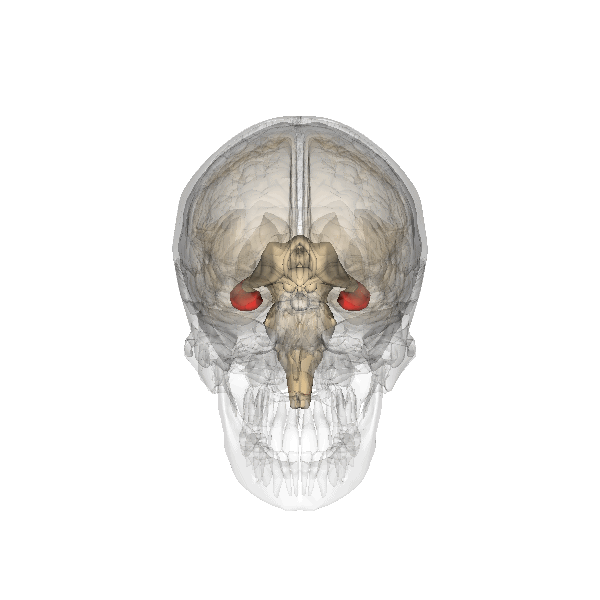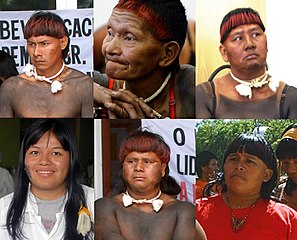A new paper on European (Ashkenazi) Jewish genetics is available:
Ehran Elhaik, The Missing Link of Jewish European Ancestry: Contrasting the Rhineland and the Khazarian Hypotheses. arXiv 2012. Open access. [arXiv:1208.1092v1 [q-bio.PE]]
(Supplemental material available
HERE).
The author prefers to use the term European Jews to that of Ashkenazi, because Ashkenaz is traditionally Germany and this may imply certain assumptions about the origins of this population, i.e. the Rhineland model, which he intends to contrast with the Khazar model and what he calls the Judean model.
No intention exists in all the paper of investigating the Anatolian model, by which Western Jews would be descendants, in essence, not so much of Iron Age Jews from Palestine (Judean model) but neither from Europeans, be them Western (Rhineland model) or Eastern (Khazar model), but rather of Hellenistic converts from areas like Cilicia or Cyprus.
This alternative model is clearly supported by autosomal genetics, in this and previous papers. However haploid genetics seems to point to different sources.
In the paper, European Jews were roughly subdivided into Eastern (Belorussia, Latvia, Poland, and Romania) and Central (Germany, Netherland, and Austria) European Jews: EEJ and CEJ respectively in the graphs. They show some but not well defined structure however.
I'd say that the core of the paper's interest is in the following graphs:
1. Autosomal PCA:
 |
| Fig. 3 PCA scatterplot of West Eurasians (click to enlarge) |
Again, as in previous analysis, including mine, Western Jews, in this case the European or Ashkenazi subgroup appears to cluster near Cypriots, suggesting a Southern Anatolian main origin (Tarsus area) very likely. However this region (ancient
Cilicia) is still to be directly compared with Jews (I know it's just it's fine tuning but still when you have a theory, you'd like to see it reality-checked).
Another possibility would be hat this clustering is an artifact, assuming diverse origins homogenized by Jewish endogamy since the Middle Ages. But the fact that all three Western European subpopulations (Ashkenazi, Sephardi and Moroccan) tend to cluster over there (when they do not behave as fully distinct, as happened to me with all but Sephardites
earlier this year).
Not shown here is fig. 7 that lists proportions of shared IBDs with West Asian and Caucasus populations (only): Caucasians are highest (roughly 9%), followed by Palestinians (c. 7%), while most groups are at c. 5% (except Lebanese who are at c. 3%).
In general this data supports some but limited Palestinian connection and a much more northernly origin of Western (or at least Ashkenazi) Jews. This is consistent with previous data (see below).
2. Haploid or uniparental relations:
 |
| Fig. 7 Relative affinity of (A) mtDNA and (B) Y-DNA of European Jews |
Note please that the map is awfully drawn in some key details, for example the dark areas in Kurdistan correspond in fact to Lezgian (from Daghestan, in the NE Caucasus) and another one I don't discern well but that begins with I and hence must be an Iranian or Indian group, not Kurdish. The center of the "Kurdistan" affinity hotspot must be hence much farther NE, in Daghestan or Azerbaijan.
So by uniparental lineages, European Jews do appear as a mixture of Western (strongest in Y-DNA) and Caucasian lineages (strongest in mtDNA), supporting both the Rhineland and the Khazar hypothesis in a combined way. However no comparison with Cypriots nor Southern Turks was made, and these are the populations to whom Western Jews show most direct affinity by autosomal DNA, being Cilicia one, if not the largest, hotspot of the Jewish Diaspora in the Roman Era, a most likely realistic origin for
See also previous analysis:
























